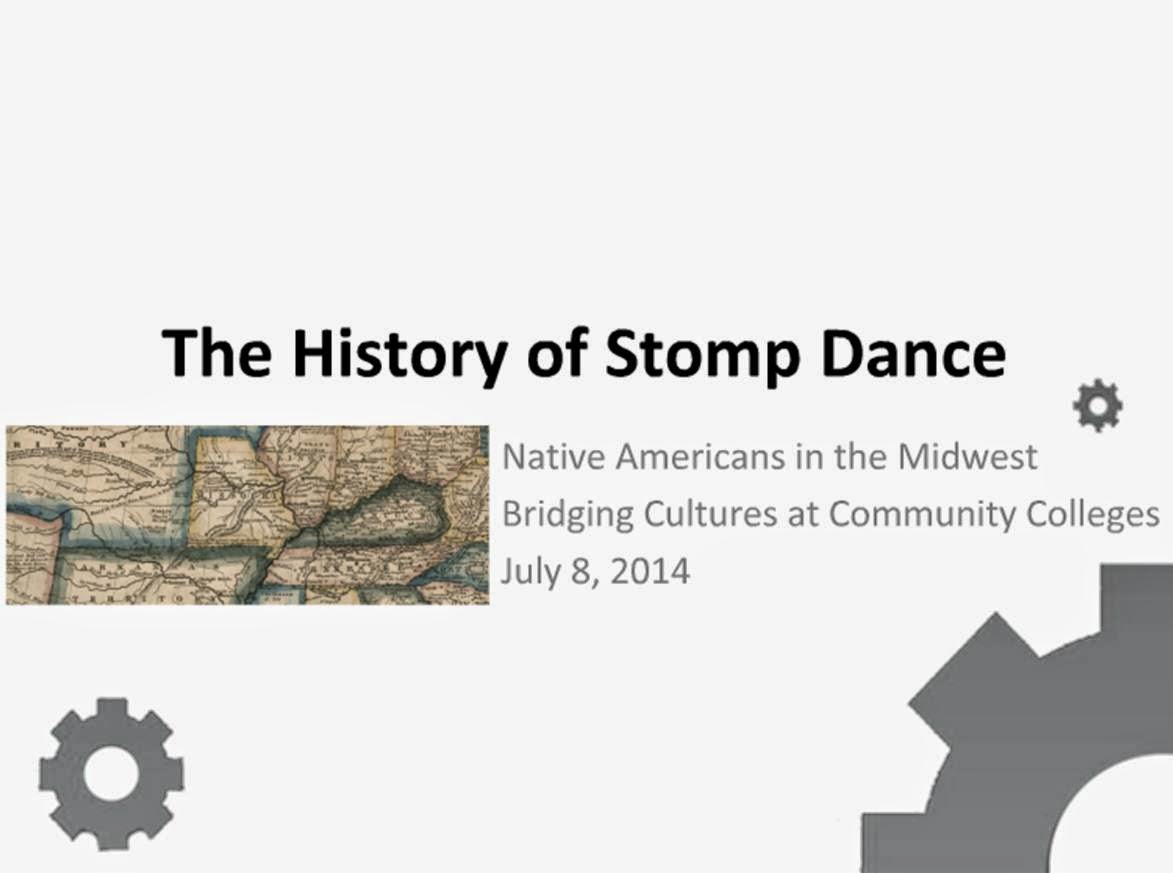| Distribution of archaeological sites linked to Paracas period settlement in Chincha, Peru. Redrawn from Canziani. Credit: (c) Charles Stanish, PNAS, 2014. doi: 10.1073/pnas. 1406501111. Image Courtesy of Phys.Org. |
Bob Yirka, of Phys.Org, has written an interesting, although brief, article about new conclusions about the reasoning behind geoglyphs in the Chincha valley in southern Peru.
"The research team came to this conclusion by creating a map that showed all 71 known geoglyphs in a 15 square mile area. They also added mounds to the map, which are now Paracas excavation sites near the ocean, along with other known settlement sites. The result, the team reports, was very clear—many of the geoglyphs formed a partial starburst of sorts with mounds at their center. They made it possible for travelers coming from any easterly direction to find the trade centers—all they had to do was follow the rock lines."
To read the full article, click here.
For more information about the Nazca Lines,
Visit:
- "A 2,300-year-old architectural and astronomical complex in the Chincha Valley, Peru"
- Charles Stanish, Henry Tantaleán, Benjamin T. Nigra, and Laura Griffin.
- Procedings of the National Academy of Sciences of the United States of America, vol. 111 no. 20, 7218-7223.
- Lines and Geoglyphs of Nasca and Pampas de Jumana
- UNESCO World Heritage
- Nazca Lines and Geoglyphs
- NascaPeru.com
- Our Frequently Asked Questions
- UNESCO World Heritage







